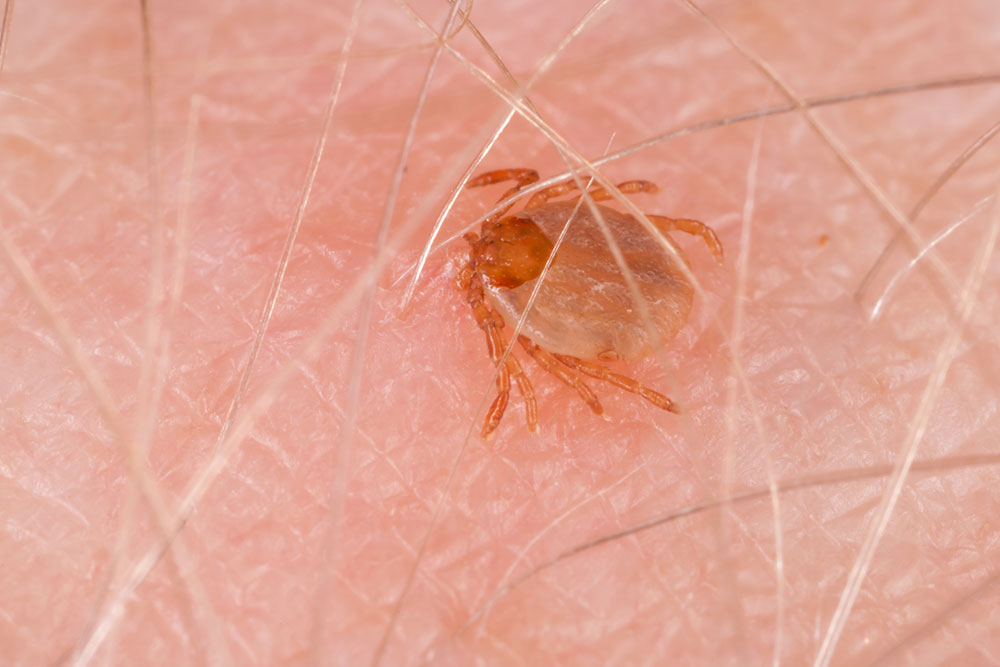Effective Treatment Methods for Tick-borne Illness
Ticks—the small-sized bloodsucking arthropods—are the leading carriers of various vector-borne diseases in humans. In most of the cases, the toxins, organisms, or secretions in the tick’s saliva that transmit through the tick bite cause such diseases. According to various medical studies, different types of tick-borne diseases can be found in the country. Ehrlichiosis, Babesiosis, Lyme disease, Tularemia, Rocky Mountain spotted fever, and Colorado tick fever are some examples of common diseases caused by tick bites.

The ticks are so tiny in size that people sometimes do not even particularly realize when the ticks are biting until they get a rash from tick bites. There are certain cases when you may not get rashes but flu-like symptoms from the tick bites, which are also an indication of the disease.
Signs and Symptoms of Tick-Borne Illnesses
- Flu-like symptoms such as chills, headaches, and achiness
- Numbness
- Fever
- Palpitations
- Weakness
- Paralysis
- Neck stiffness
- Joint pains, swelling in the body joints
- Rash (the type of the rash from tick bites can vary depending on the pathogen type transmitted by the tick)
- Vomiting
- Nausea
- Swollen lymph nodes
- Shortness of breath
Medical guidance is needed if any of the following conditions exist.
- Ticks cannot be removed from the skin. Even after the removal, the mouth or the head of the tick is still stuck onto the skin.
- Exhibiting fever, lethargy, paralysis, headache, numbness, and rash from tick bites.
- Immuno-suppressed individuals should consult medical experts if they get tick bites.
- If a pregnant woman gets a tick a doctor should be consulted bite before taking any medication.
Treatment for Tick-borne Illnesses
Not all ticks carry the same pathogen. Hence, the treatment process and the medications obviously vary depending on the type of the pathogen transmitted by the tick while biting. Follow the following steps to carefully and promptly remove a tick after being bitten:
- The first thing that you need to do on finding a tick on the skin is to remove it immediately. Tweezers set or a tick removal device can help you in doing so.
- You need to grasp the tick around its head and by applying a steady pressure, pull it straight up and away from the skin’s surface.
- Check minutely whether any part of the mouth or head is still stuck with the skin. Try to remove those parts immediately.
- While pulling it up from the skin, be careful not to twist or bend the tick.
- Also, it is advisable not to handle the ticks with bare hands.
- According to experts, you should not use fingernail polish, hot match or petroleum jelly either while removing it as this might end up causing the tick to regurgitate the infected fluids onto the bite area.
- If possible, get a container and put the tick into it so that you can show it to the doctor. This will help your physician diagnose and understand the tick bite wound more accurately.
- Protect and cleanse the bite area.
- Once you get rid of the tick from the skin, immediately wash your hands. Also, you need to clean the wounded area with gentle soap and warm water.
- To avert infection, it is advisable to apply alcohol to the bite area on your skin.
Even if the rash from tick bites subsides, it is always better to consult a healthcare professional. Moreover, if you can lock the tick inside a container, show it to the doctor. The medical experts may ask you to apply antibiotic and cleansing cream. Oral antibiotics are also available. However, before taking any kind of medication to treat the rash from tick bites along with other symptoms, seeking medical guidance is advisable.
How to Avoid Tick-Borne Illnesses
The best way to avert this illness is by protecting yourself from tick bites. Here is a list of the tips on how you can do it.
- While walking in a grassy area or in the woods, try to wear long pants and long sleeves.
- Using the center trail while walking in such an area is advisable.
- Take a bath or shower when you get back from the outdoors.
- You can use the tick repellant with minimum 20% DEET.
- Once you get back from a tick-prone area, check your skin carefully whether a tick is stuck or not. Especially, check the skin surface behind ears, under arms, behind knees, in hair, and between legs.
According to medical reports, a disease-carrying tick needs a feeding time of almost 24 hours or more to infect a human. Hence, the sooner you can spot a tick and remove it, the better is the chance of avoiding a rash from tick bites along with other diseases.




